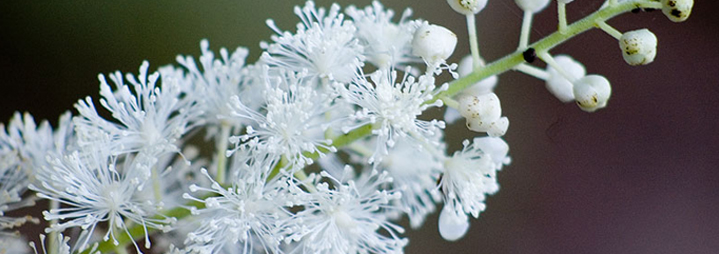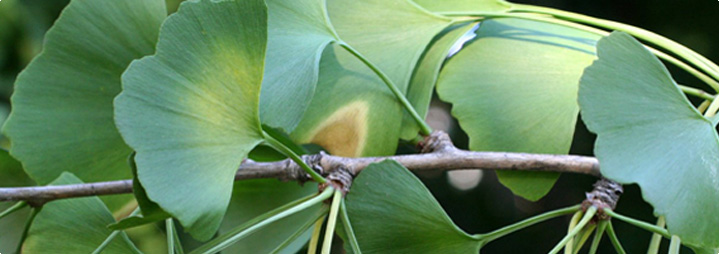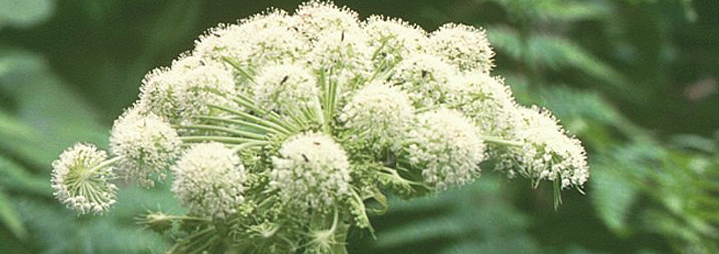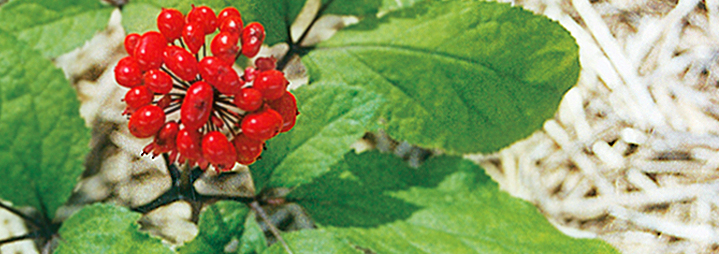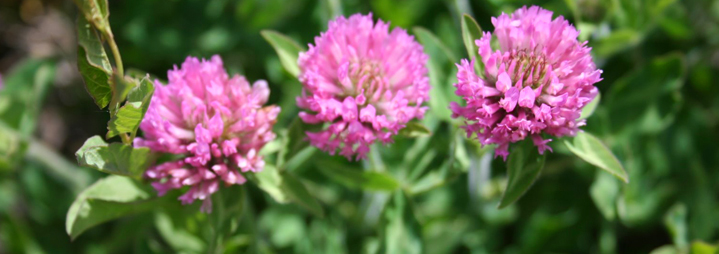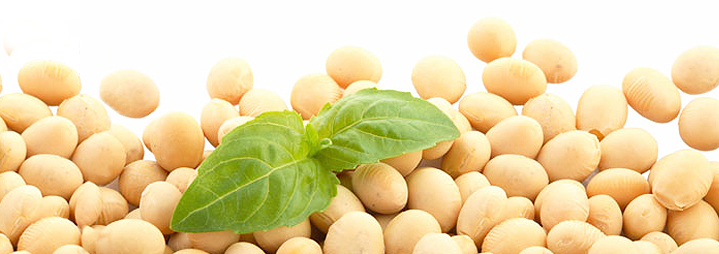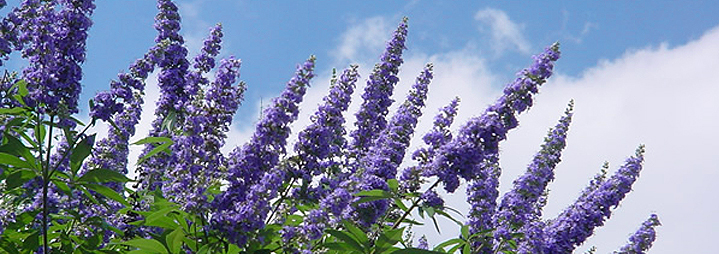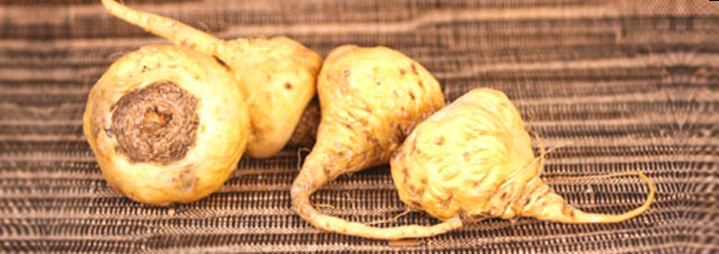Separating Soy Fact from Fiction: 3 Myths
 When an herb like Soy attains celebrity status and gets people talking, it�s natural for rumors and myths to come along with the fame. If you�ve been doing your homework on Soy, you�ve probably read a lot of conflicting information about the herb and whether or not you should use it. Keep reading below to separate the facts about Soy from the myths.
When an herb like Soy attains celebrity status and gets people talking, it�s natural for rumors and myths to come along with the fame. If you�ve been doing your homework on Soy, you�ve probably read a lot of conflicting information about the herb and whether or not you should use it. Keep reading below to separate the facts about Soy from the myths.
What�s All The Hype About?
Soy has been touted as a �super food� by medical experts and the media. The herb received a lot of attention because it is rich in proteins, minerals and isoflavones, which are known for their disease-fighting properties. But in recent years, soy�s spotlight has had some shadows cast upon it: the herb has been linked with infertility, breast cancer and hyperthyroidism. Read on for learn the truth behind some common soy myths.
Myth 1: Soy causes cancer
Truth: The soy cancer debate is centered around the plant�s phytoestrogenic properties. Phytoestrogens are plant-based estrogens that mimic the effects of estrogen, or block these, when it is inside the human body.
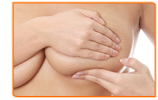 Studies have shown little clinical evidence that the action of phytoestrogens in the human body can increase the risk of breast cancer or worsen cancer prognosis in current patients. Anyway, the American Cancer Study�s stance on Soy is that it is safe to include soy as part of a well-balanced diet.
Studies have shown little clinical evidence that the action of phytoestrogens in the human body can increase the risk of breast cancer or worsen cancer prognosis in current patients. Anyway, the American Cancer Study�s stance on Soy is that it is safe to include soy as part of a well-balanced diet.
Myth 2: Soy causes infertility and reduces testosterone in men
False: Men have been concerned about Soy and infertility since a 2008 study showed a link between Soy and decreased sperm concentration. However, the decrease was most common in men who had a higher-than-average sperm count at the start of the study. There is no evidence that Soy decreases sperm quality or reduces testosterone.
Myth 3: Soy sauce is a significant source of Soy
False: These days, the list of products containing Soy is mind-blowing. Soy can be used to replace your favorite foods-from cheeses and burgers to breads and butters. But soy sauce lovers beware: while you may have seen the sauce listed on some lists, the sauce is not a significant source of soy. Soy sauce contains too much sodium to reap the health benefits of other soy products. Consume soy products like soy sauce and soy vodka in moderation.
Recommendation
Understanding the health benefits and risks of using soy products is essential to your well-being. Click here to read more about soy.









